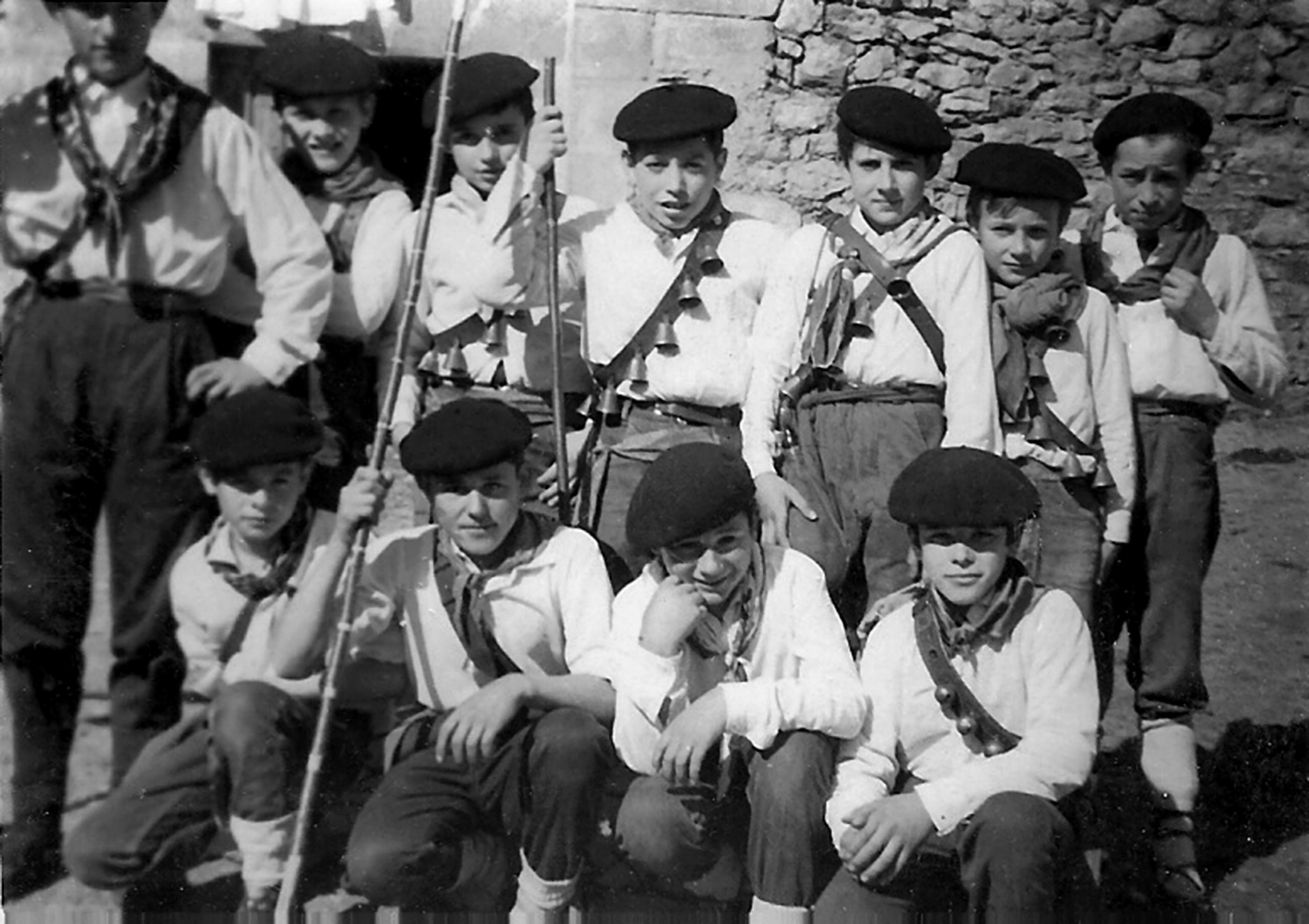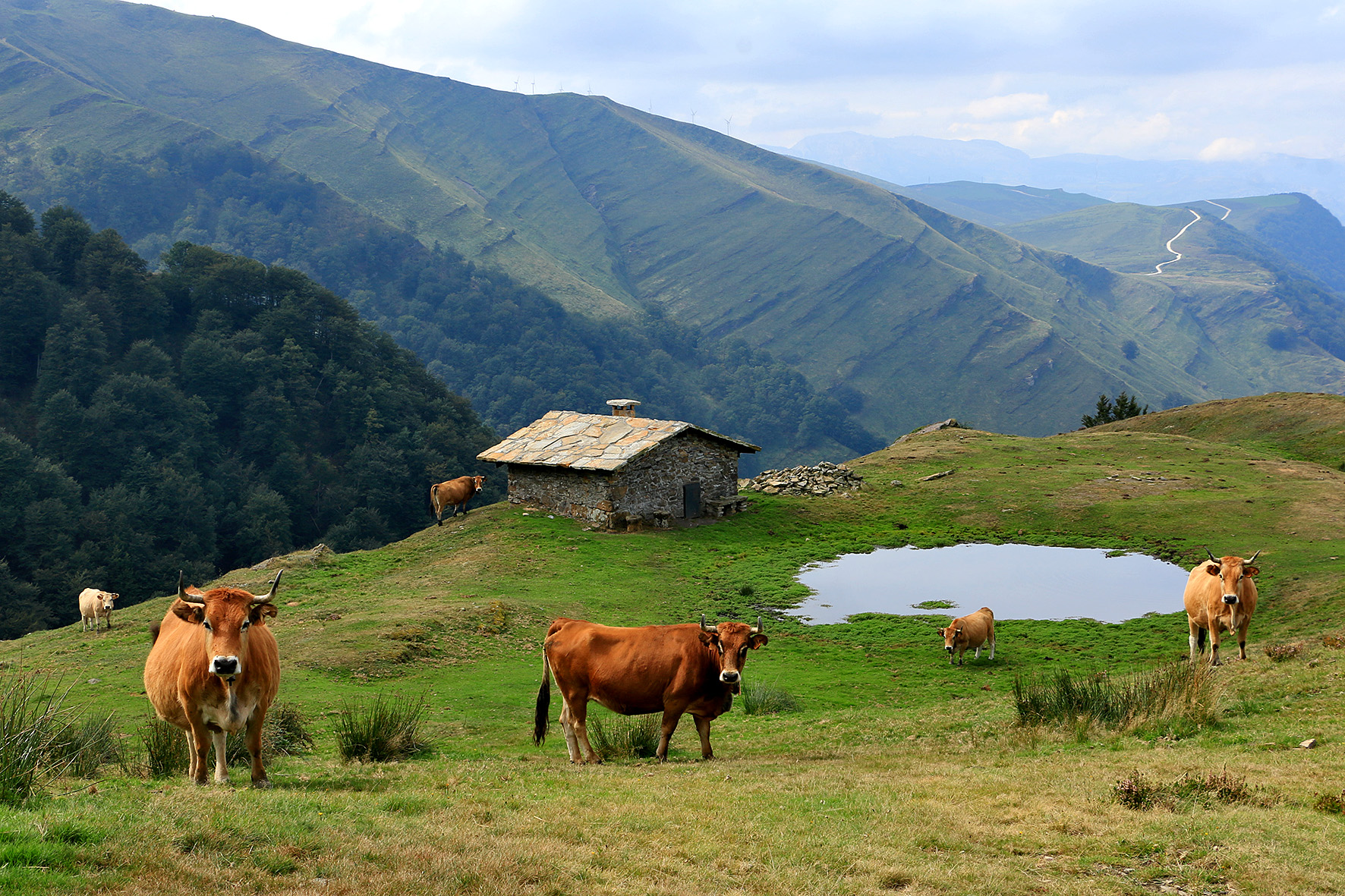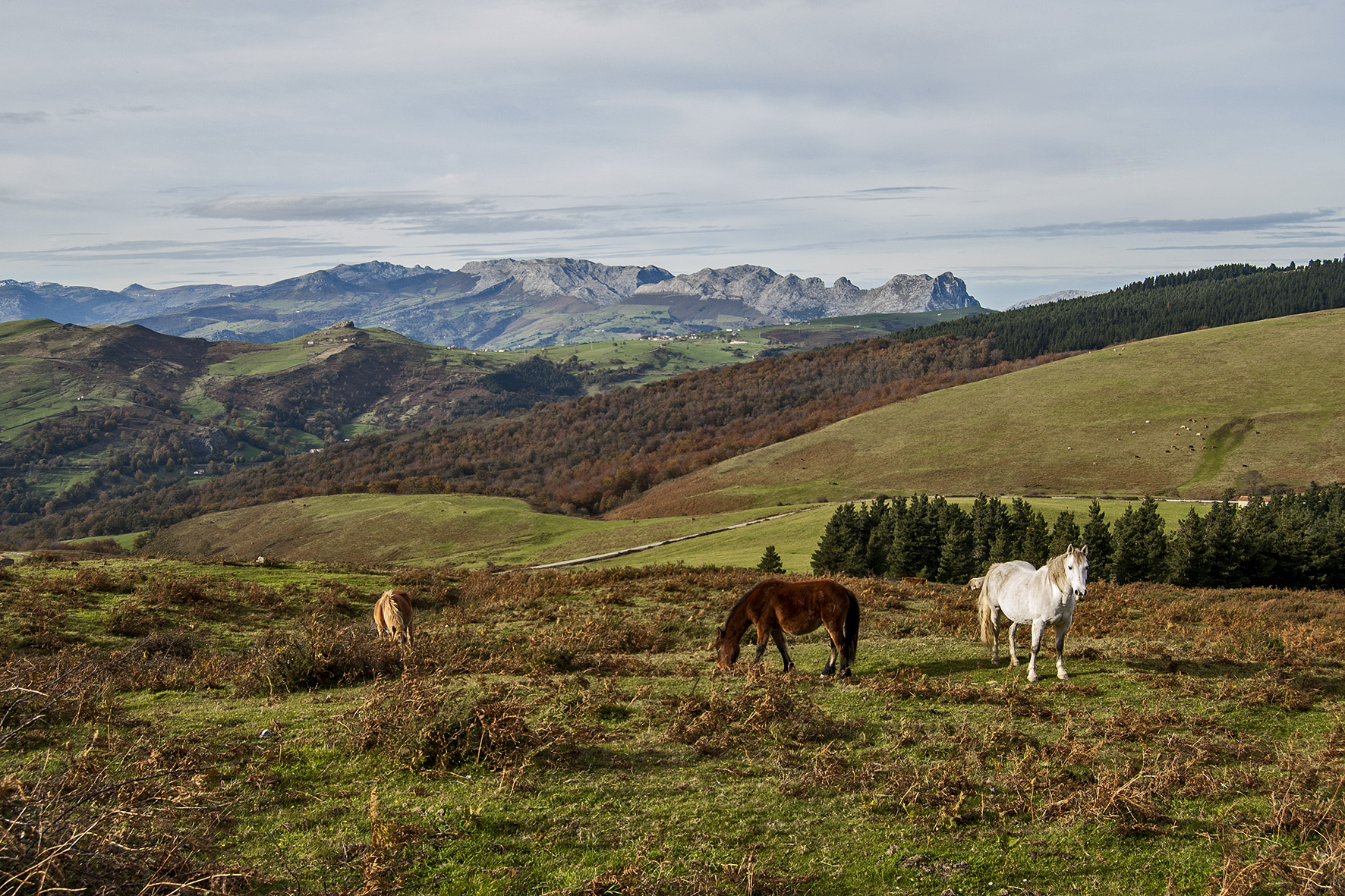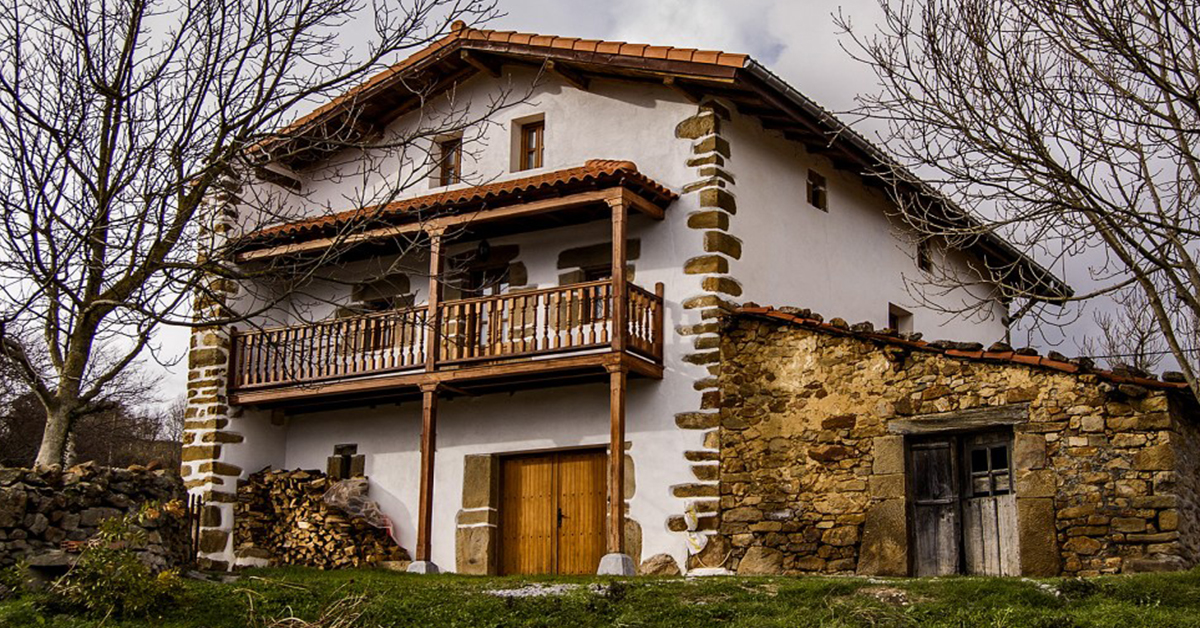Archives
An auxiliary construction, usually attached to the house though sometimes detached from it, known as rocha used to be quite common, as senior locals in the Valley of Carranza (Bizkaia) recall.
The earliest record of that type of building appears in writing, in a letter sent by Diego de Ahedo, native of Carranza and Archbishop of Palermo, from Sicily to his nephew Pedro Ochoa de Ahedo, resident in the Valley. The letter is dated 15 January 1588, and in it mention is made of an annex where threshed grain was store: “it is now preferable and most convenient to store it in the outhouse where cider used to be made and kept”. (more…)

Marzas singers from the neighbourhood of Matienzo in the Valley of Carranza (Bizkaia) in the mid-1960s. Courtesy of Miguel Sabino Díaz.
Located in the westernmost end of the district of Encartaciones in Bizkaia, the wedge-shaped Valley of Carranza is bounded by the autonomous community of Cantabria and the Merindades of Castile. It is the last tract of Basque land to see the sun set and the first to feel the rain fall when storms arrive. The vastness of the Valley together with its centuries-old isolation might perhaps have contributed to the development of a strong cultural identity. (more…)

Rebuilt dwelling for herders in Gumadernia. Carranza (Bizkaia), 2018. Miguel Sabino Díaz.
Since ancient times shepherds from the valley who grazed their flocks on hillocks and heights of the Ordunte Mountains belonging to the municipality of Carranza (Bizkaia) have used caves and rocky outcrops in the range, along with improvised shanty constructions for temporary shelter from inclement weather and protection against the presence of wolves and the grave danger they posed to the sheep. (more…)

Panoramic view of common pastures in La Calera del Prado. Valley of Carranza (Bizkaia), 2008. Miguel Sabino Díaz.
In the Valley of Carranza (Bizkaia) the best common wood-pastures located in the lowlands within close proximity to populations were formerly known as boheriza. The terms boriza and voeriza were also registered on 18th and 19th-century public record. (more…)



